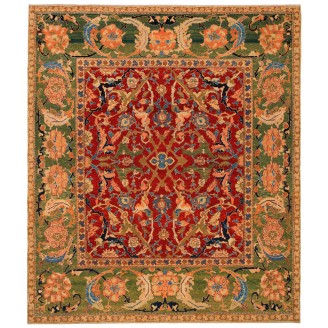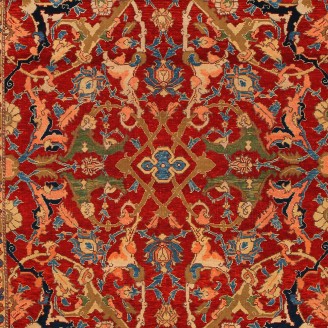Polonaise Carpet
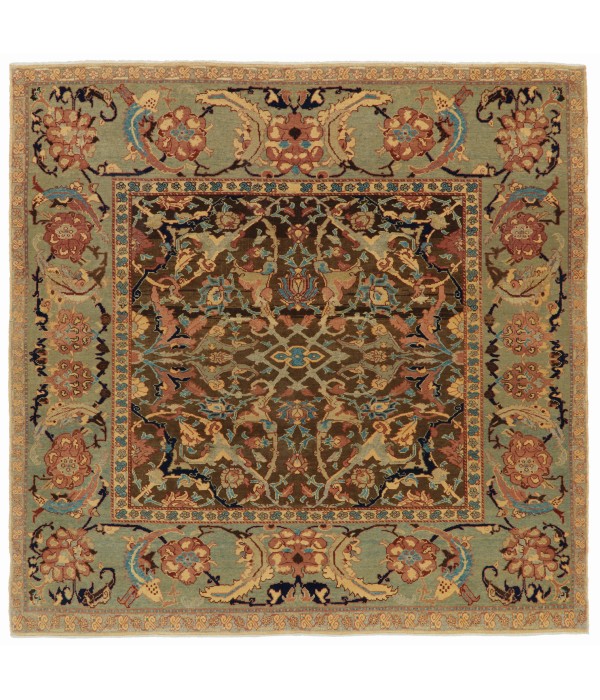
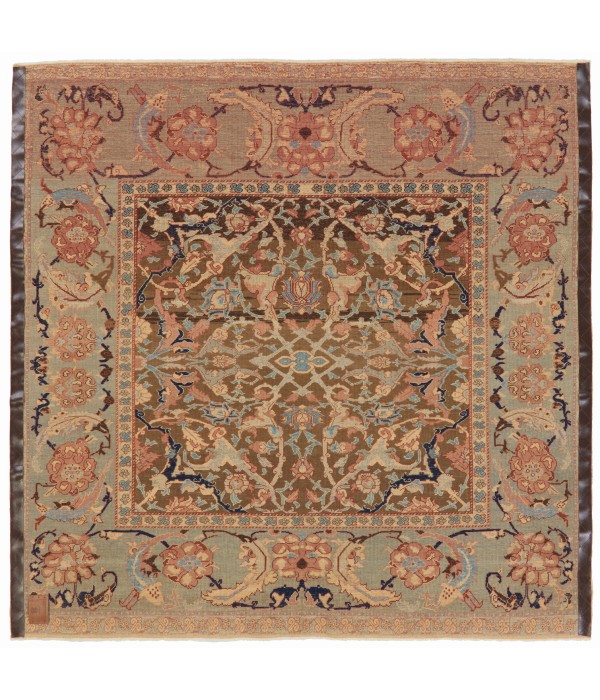
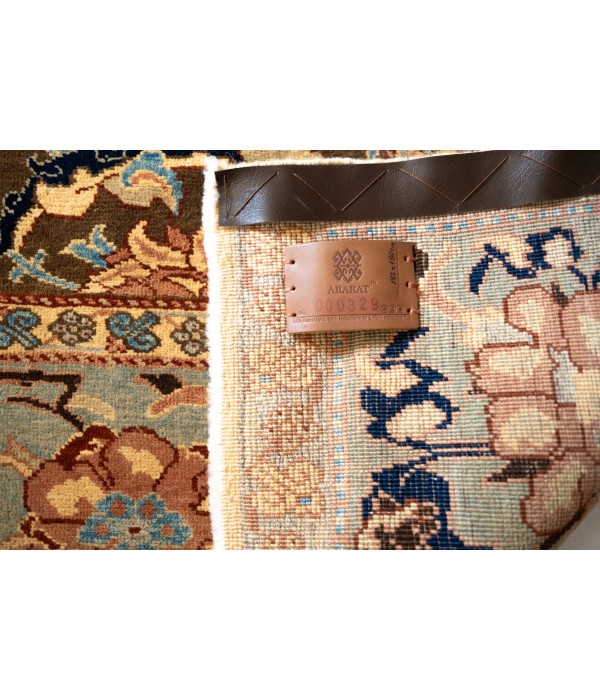
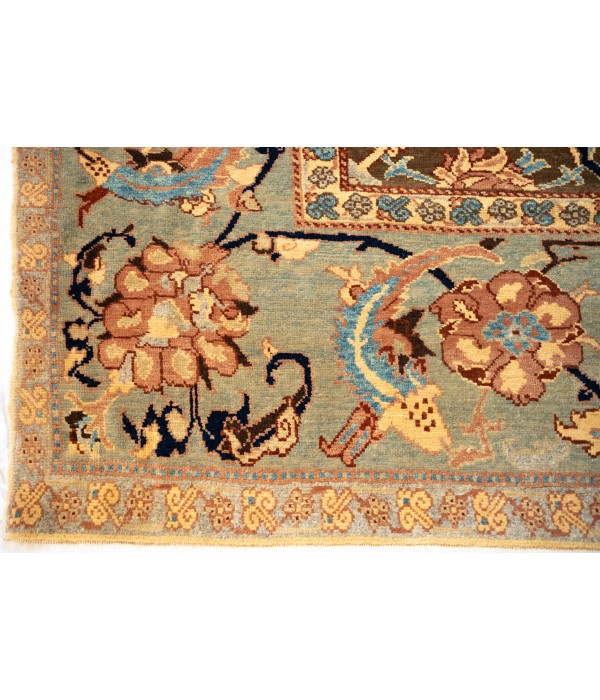
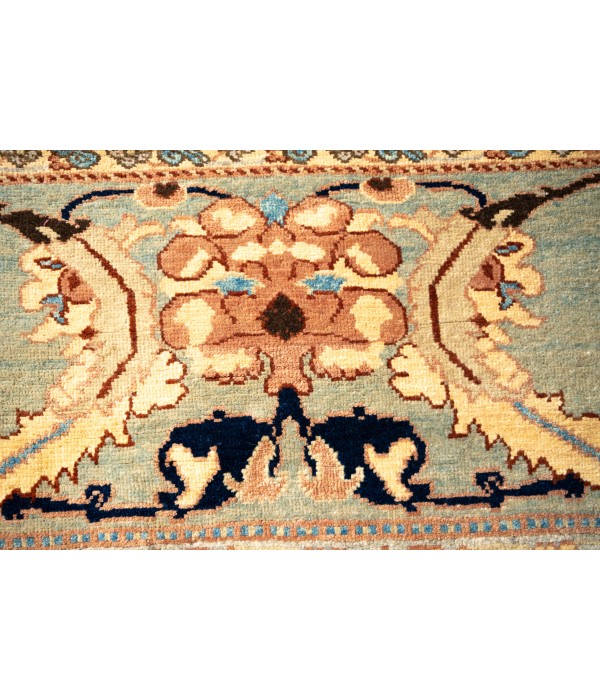
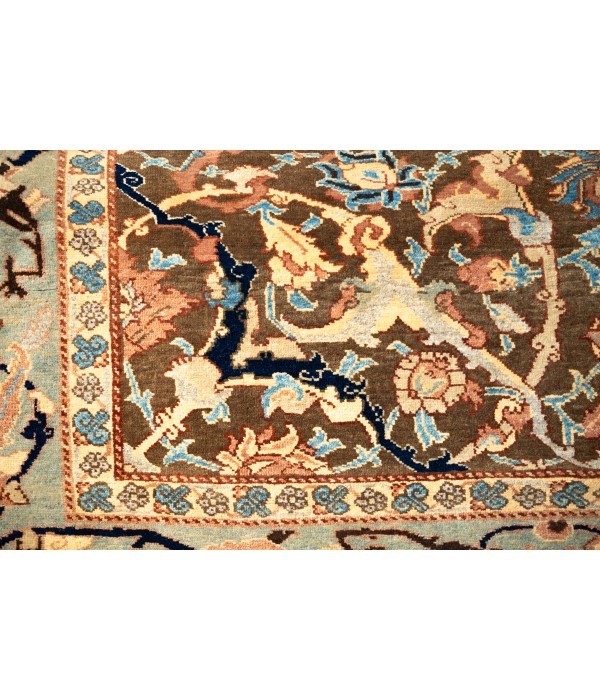
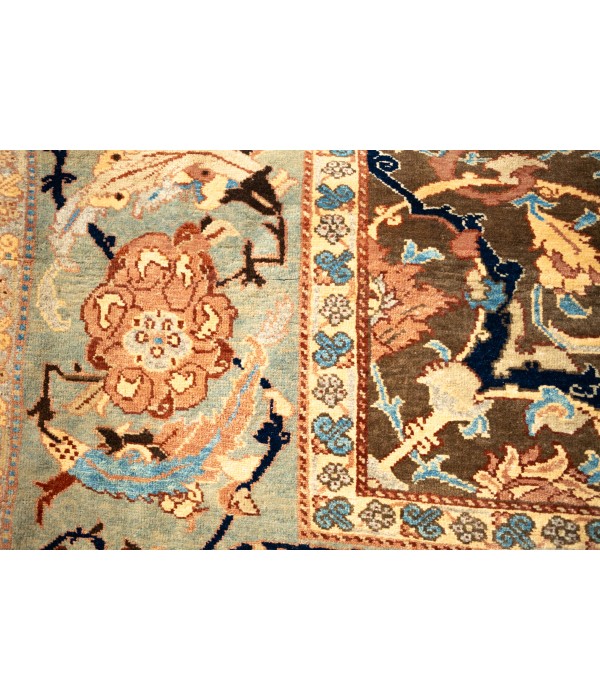
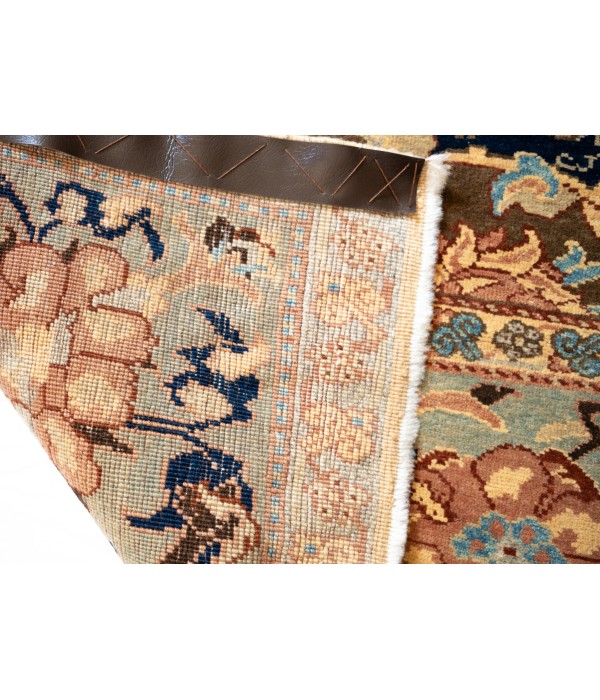
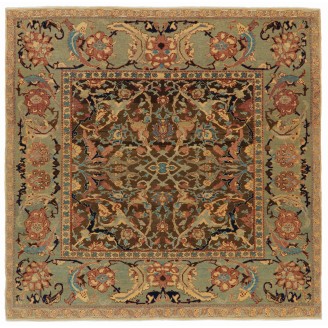
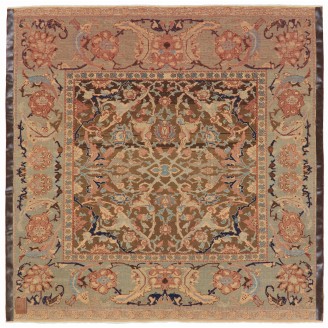
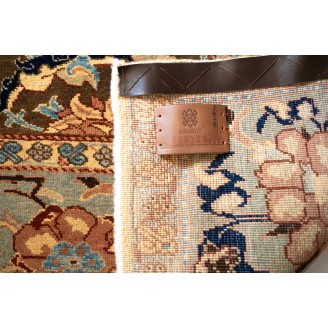
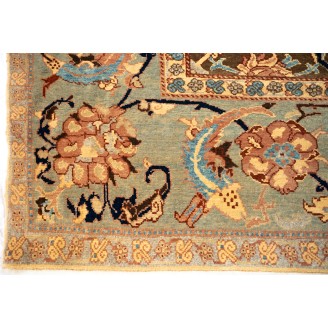
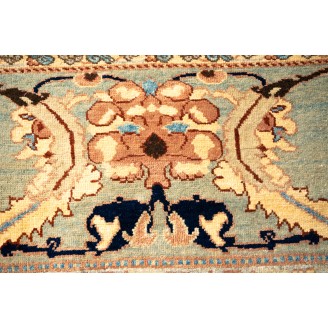
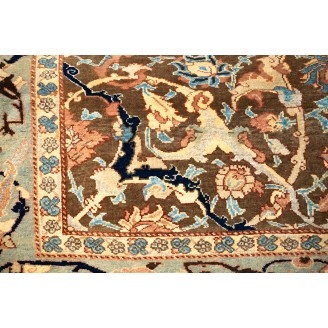
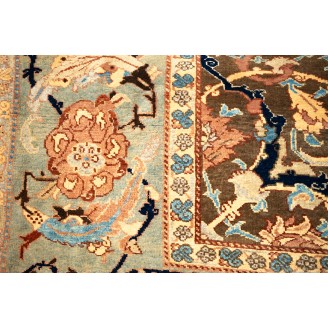
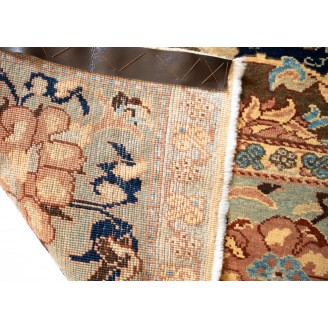
The source of the carpet comes from the book Oriental Rugs in the Metropolitan Museum of Art, Dimand, Maurice S., and Jean Mailey, The Metropolitan Museum of Art, New York 1973 fig.90. If the so-called vase-technique carpets represented the triumph of Safavid workshop weaving in the seventeenth century, another group of Safavid carpets, popularly if erroneously known as "Polonaise" or "Polish" carpets, demonstrates the extent to which Safavid weavers would go to create flashy and expensive objects of conspicuous consumption. Polonaise carpets are believed to have been woven in state-controlled workshops in seventeenth-century Iran and were probably made specifically as royal gifts to noble regime supporters and foreign dignitaries. Why Poland? In time-honored and still current Middle Eastern practice, "the enemy of my enemy is my friend." Seventeenth-century Roman Catholic Polish and Shi'ite Muslim Persian Kings had one thing in common; they were both opposed to the vast Sunni Muslim Ottoman Turkish Empire that lay between their two kingdoms. The exact example is exhibited at The Metropolitan Museum of Art (MET Museum). Soft colors are used for this carpet.
Color summary: 10 colors in total;
- Bittersweet 504 (Spurge -Walnut Husk - Madder Root)
- Granny Smith 512 (Pomegranate - Indigo)
- August Morning 110 (Spurge - Madder Root)
- Mandarian Orange 529 (Madder Root - Walnut Husk)
- Spanish White 500 (Turkish Henna)
- Pullman Brown 542 (Walnut Husk - Henna - Pomegranate)
- Light Grey 106 (Specially Washed)
- Vidalia 35 (Indigo)
- Dark Blue 21 (Indigo)
- Burnt Coffee 102 (Specially Washed)
For more information about our Colors.
Dimensions:
5 ft 10 in x 5 ft 11 in ( 180cm x 182cm )

